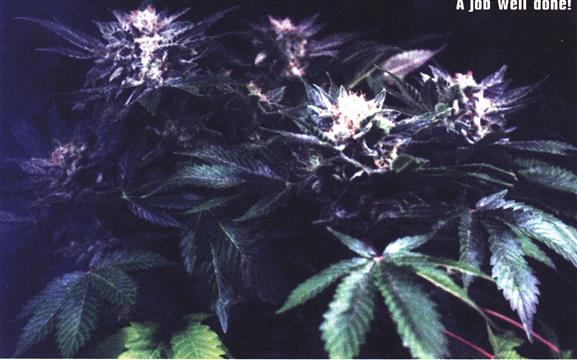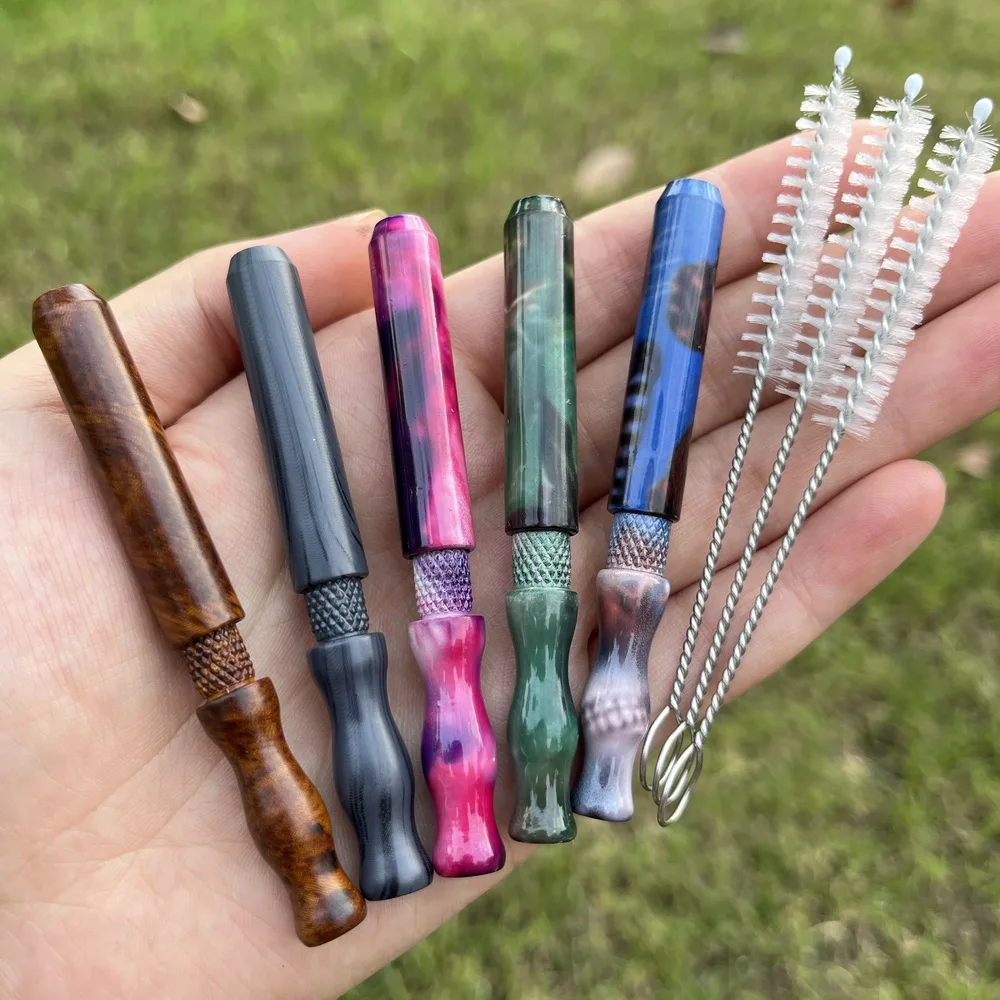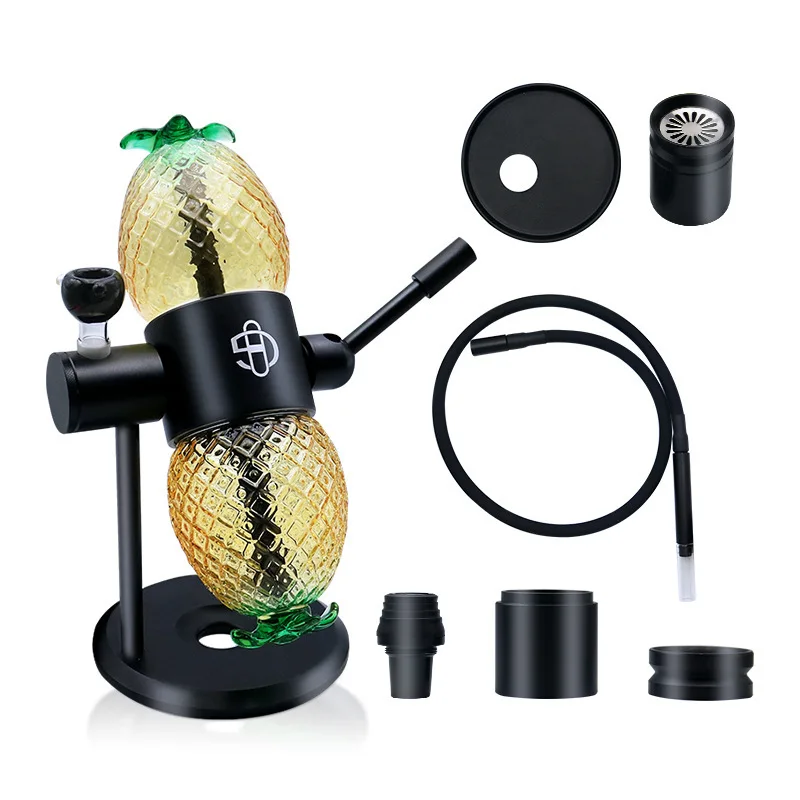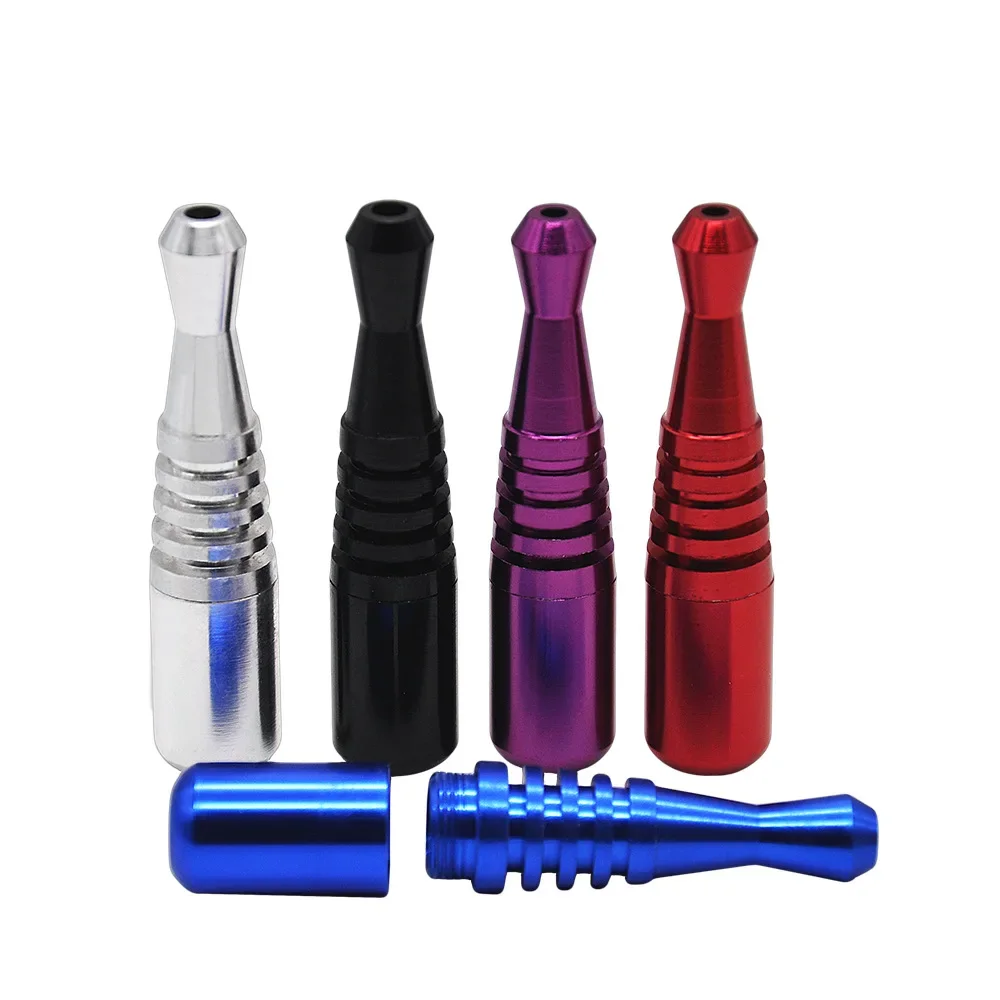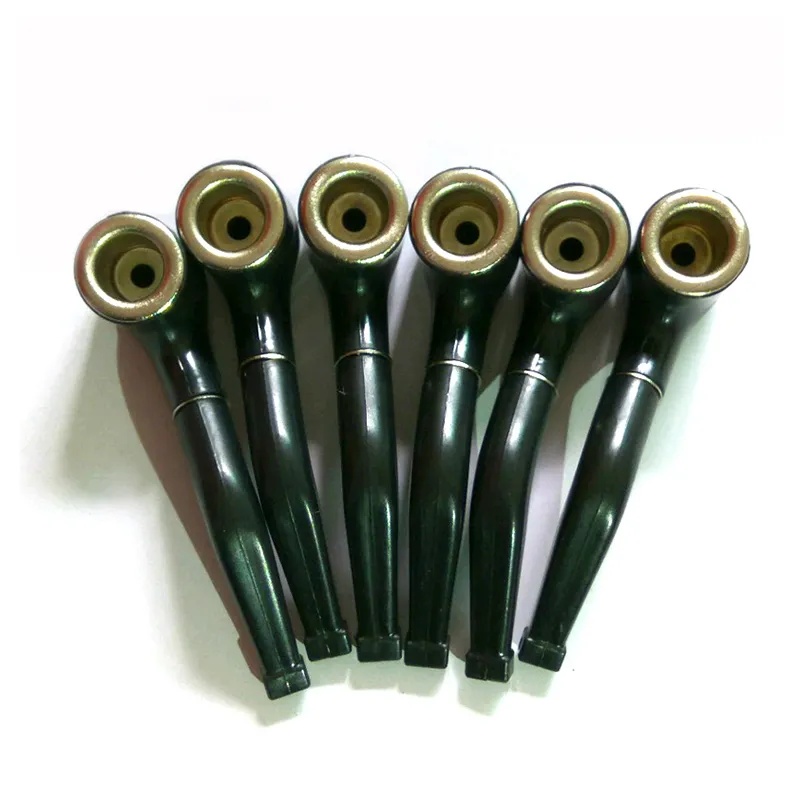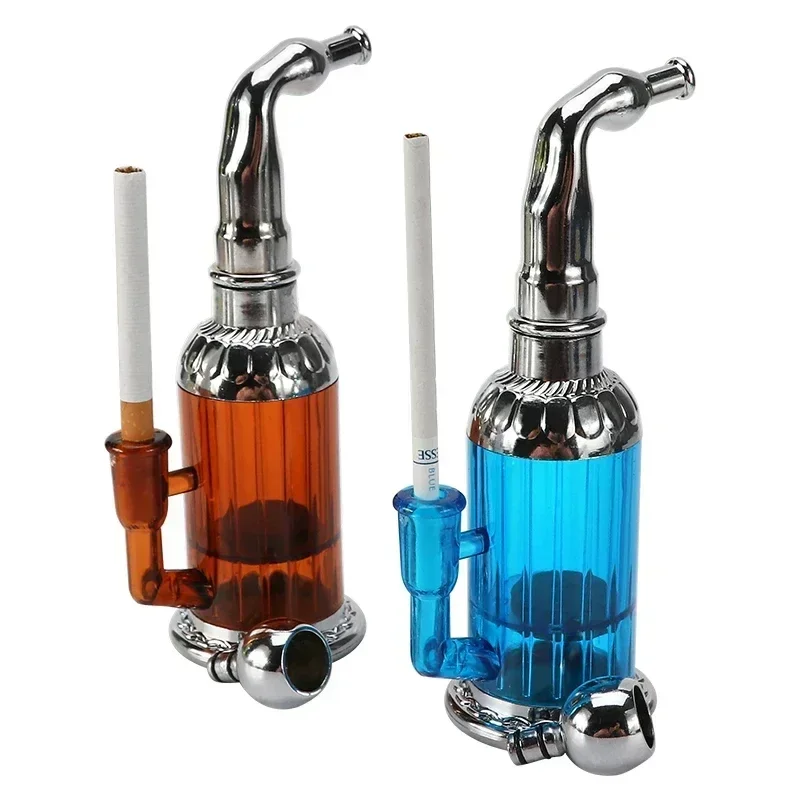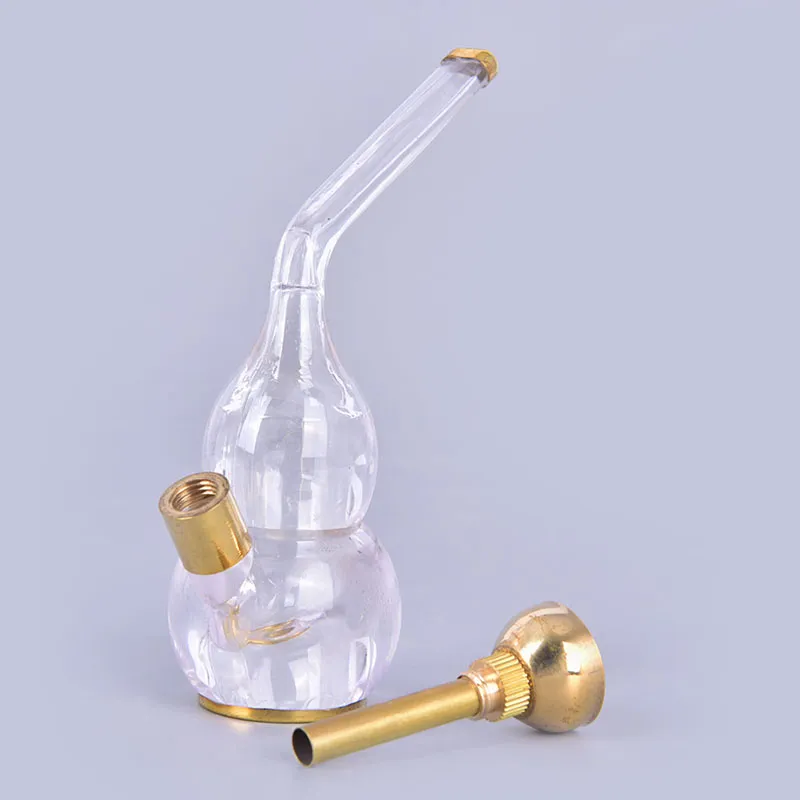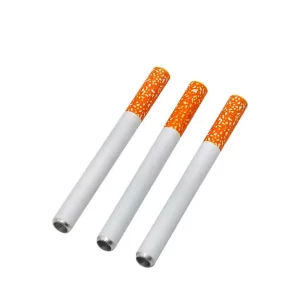Original publication: September 1999.
25 Things Every Growroom Should Have
BY JACKER SPACKLE
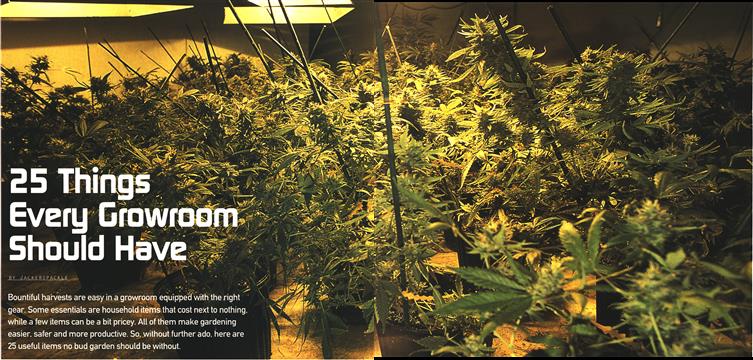
Bountiful harvests are easy in a growroom equipped with the right gear. Some essentials are household items that cost next to nothing while a few items can be a bit pricey. All of them make gardening easier, safer and more productive. So, without further ado, here are 25 useful items no bud garden should be without.
1. Hydrogen peroxide.
An environmentally friendly alternative to bleach for all sterilizing and cleaning needs. Peroxide reduces disease on cuttings and seedlings, while it safely adds extra oxygen molecules to nutrient solution. It also improves the germination rate of seeds. Mix with water in a 1:1.000 ratio if using 3% peroxide. (Rubber gloves are advisable when working with concentrated peroxide.)
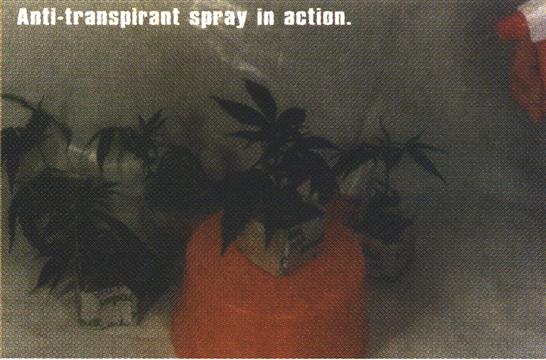
2. Anti-transpirant spray.
This magical spray prevents cuttings from wilting by coating leaves with a nontoxic film. This eliminates the need fora “humidity dome” and daily spraying with water, thereby reducing the risk of fungus. Antitranspirants like “Cloud Cover” and “Wilt-Pruf” are sold at many garden centers.
3. An aquarium thermometer.
Two dollars gets you liquid-crystal technology. You know the kind—it changes color when you touch it. Highly accurate, they’re waterproof, unbreakable, and need no batteries. Pick up several for taking spot readings around the growroom (70°-85°F is best for days, 65°-70° at night), monitoring the reservoir (70°-75°) and for germinating seeds (75°-80°). Any aquarium store should stock them.
4. A TDS meter.
You spent hundreds on the NFT setup with super-deluxe reservoir, so invest a little more in a TDS (total dissolved solids) meter to ensure the nutrient strength is right where it should be. Digital meters run from $15 to $150, and even a high-end model will pay for itself by reducing over- and under-fertilizing disasters. You won’t regret it.
5. Soundproofing insulation.
What’s that you say? You hear a growroom next door? Well, soundproof that baby right away! Mount cork or Styrofoam panels along the walls, hang fans from rubber straps or bungee cords, and spray canned foam inside doors and walls. A noisy ballast can be quieted by enclosing it in a soundproof, heat-resistant box…. There, that’s much better.
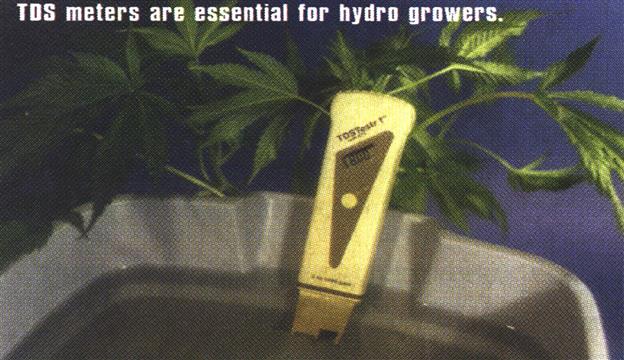
6. Quality electrical cords and connections.
A chain is only as good as its weakest link, and if the weak link is an extension cord or outlet, it could send your plants up in smoke prematurely. Make sure all wires are of the proper gauge for both the wattage and the length of the run. And never overload an outlet or circuit-breaker. Ask at an electrical-supply store if unsure.
7. A water filter.
Sorry to say, much of the country’s water supply is unsuitable for growing plants, let alone drinking. Common problems include excessive minerals, an incorrect pH and toxic levels of chlorine compounds. Inexpensive water filters remove chlorine, but they can’t reduce the high mineral content of “hard” water, which requires costlier deionizers, distillers or reverse osmosis units. Avoid “water softening” filters, which add harmful amounts of sodium to the water.
8. A notebook.
If the idea of keeping a diary seems a bit too feminine, just call it your “progress report.” Jot down observations, dosages, comparisons—whatever comes to mind. A couple of months from now, you’ll look through it and have some genuine revelations about that nasty bug infestation, that low-yielding plant, or that unexplained “nutrient problem.” Digital storage is preferred (easy to organize, easy to hide) but good old paperworks just fine.
9. Insecticidal soap.
For the plants, not your hands. Soap kills a wide array of God’s little garden pests. It works by coating their skin, so they never develop a tolerance like they do with chemical insecticides. While sprays of any kind should be avoided during flowering, insecticidal soap breaks down within a week and is safe to use lightly in dire circumstances. Most garden centers carry Safers and other soaps.

10. Germicidal soap.
For your hands, not the plants. A wise precaution before taking clones. Be sure to clean the fingertips. which carry a good deal of dirt. Cleanliness is next to godliness.
11. Patience.
It doesn’t come in a bottle, nor do they sell it at the hydro shop, but it’s something every gardener must somehow acquire. Give plants time to show improvements after making nutrient changes or spraying for bugs. And above all, resist the temptation to harvest buds before they’re fully ripe. Patience is a virtue, so sit on your hands if you have to.
12. An aquarium “powerhead.”
Another useful aquarium product, these water pumps are perfect for most hydroponic applications, and tend to be cheaper and more powerful than pumps sold elsewhere. Some growers use “bubbler” type air pumps to oxygenate water, but studies show that it’s surface circulation, not air bubbles, that provides the most oxygen. Simply aim a powerhead along the surface for maximum oxygenation and circulation.
13. Good lighting.
It’s quite possible to grow decent buds under fluorescents, but yields are vastly improved with high-intensity discharge lighting (metal halide or high-pressure sodium). Avoid “grow lights” that fit regular lamp sockets—they are very poor for growing pot. If you already have HID lighting, consider getting a light mover, a larger light or additional lights. 50 to 75 watts per square foot gives top results.
14. A calendar.
For reminding oneself of reservoir changes (every two weeks), bulb changes (yearly, for many bulbs), and other important maintenance and fixes. A must for any stoner.
15. An X-acto knife.
Get the one made of a dozen small blades—you just break one off when it’s dull. Indispensable for cloning, it’s also very handy for general cutting and slicing needs around the growroom. When is that pizza getting here?
16. Quality nutrients.
Feed them right and your plants will reward you with big, tasty buds. For hydroponics, avoid fertilizers intended for soil (like 2020-20), as they lack key nutrients like magnesium and calcium. For soil, organic fertilizers cause less salt buildup problems than chemicals, and some feel they improve the taste of the buds. Always read the manufacturer’s recommendations about dosage and frequency.
17. An odor-control device.
One that works. An ozone unit or quality ionizer may set you back a bit, but will ensure that no nosy noses know about your stinky plants.
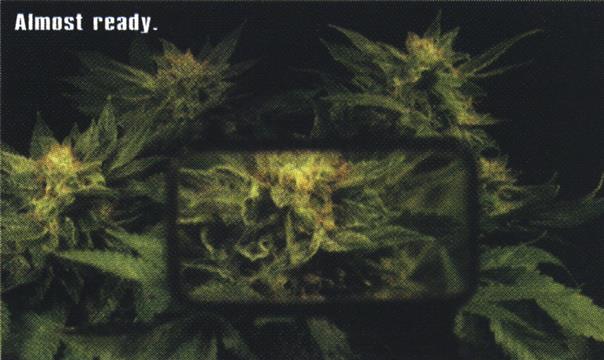
18. A magnifying glass.
Ahhh, so that’s a resin gland! Harvest buds before the glands turn brown, when most of the pistils have darkened. A magnifier also helps when sexing plants by preflowers, scouting for stamens on females, and for identifying bugs and other problems. Radio Shack’s 30X magnifier with light ($10) is a favorite of many growers.
19. Rubbing alcohol.
Keep a bottle of “iso’’ handy for dissolving resin on scissors, wiping down the cloning table, weekly cleaning of TDS meter electrodes, and for polishing HID bulbs (with the lamp off!). Also makes a good solvent for extracting hash oil.
20. A pH meter.
When plants aren’t thriving, an incorrect pH is often the culprit. Pot plants prefer a soil/water pH between 5.8 and 6.8, but many factors can make the pH too acidic or alkaline. Monitor tap water and nutrient solution with a digital pH meter ($60-$125). To test soil, make a slurry in distilled water and check it with a meter. Beware of inexpensive soil-test kits and probe-type meters—they are usually inaccurate.
21. Duct tape.
Yes, the familiar gray roll with the million-and-one uses. If duct tape is new to you, there’s probably a college course somewhere devoted to it. Go check it out.
22. Extra bulbs, extra fans, extra everything.
Things can and will break down when you least expect it. The best you can do is to plan for the occasion. Always have a backup ready.
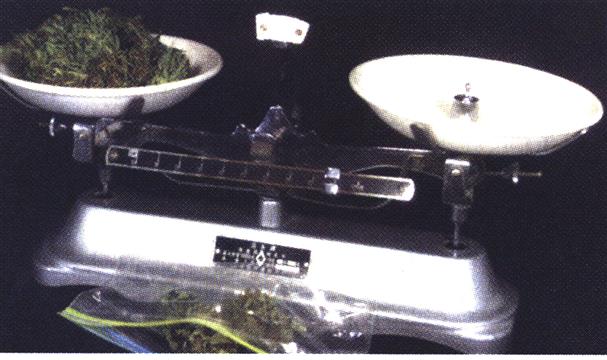
23. No scale.
I know, you don’t sell your stash, you just enjoy charting your progress. But the courts don’t care about such noble practices. Watch the scales of justice tip the other way when the good officers find a scale in your home (the same goes for baggies).
24. A broom, a garbage can, a mini-vac…
You get the idea. A clean growroom is not only more sanitary, it’s also more fun to work in.

25. A grow guide.
Learn from the experts and avoid common mistakes with the help of a good grow book. You’ll be glad you did.
